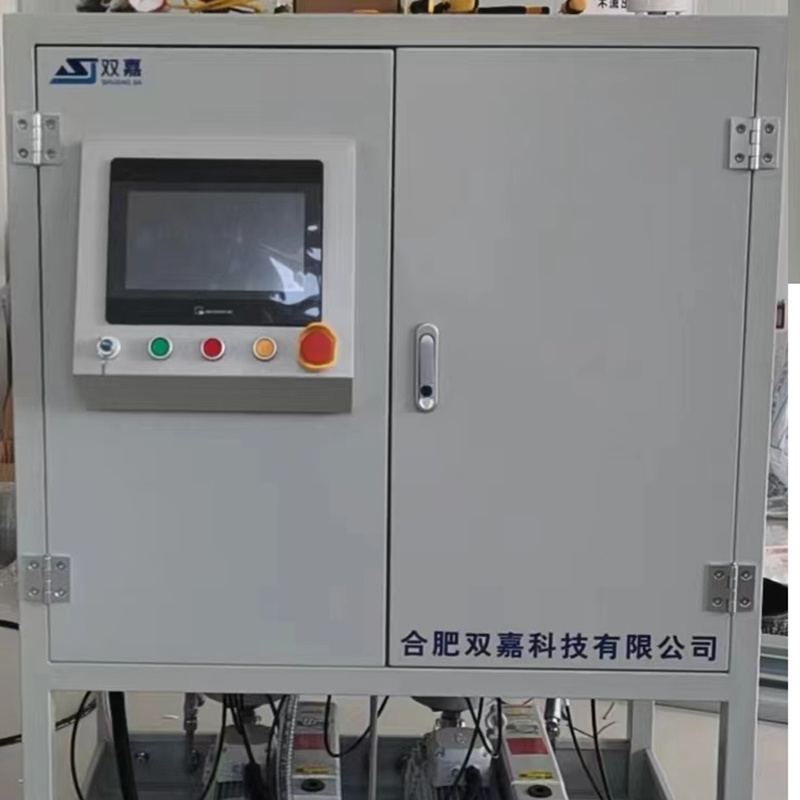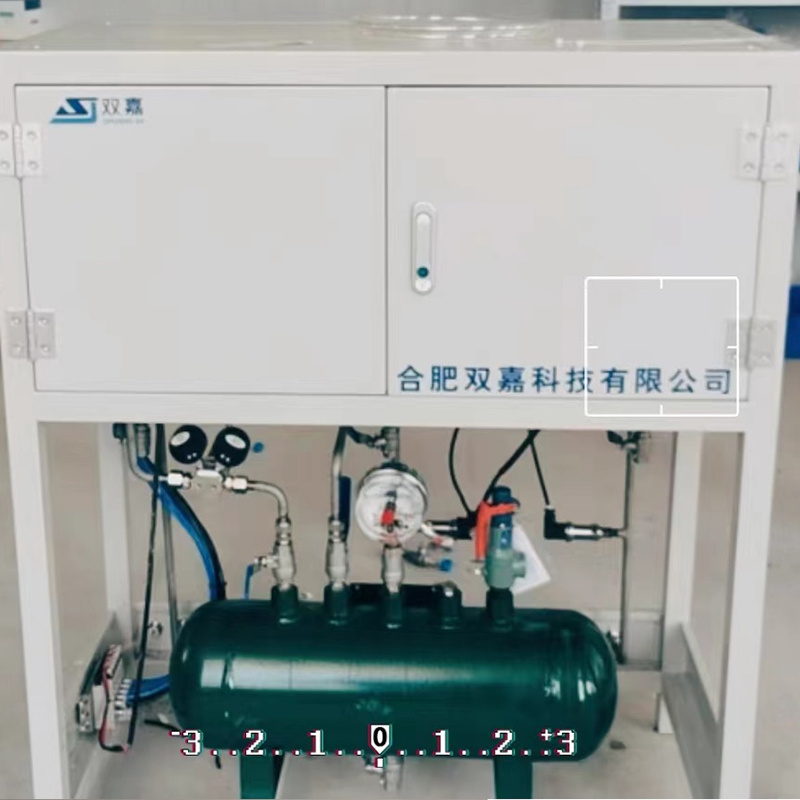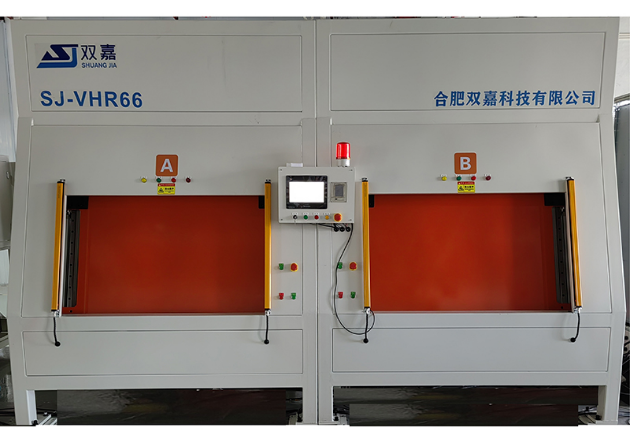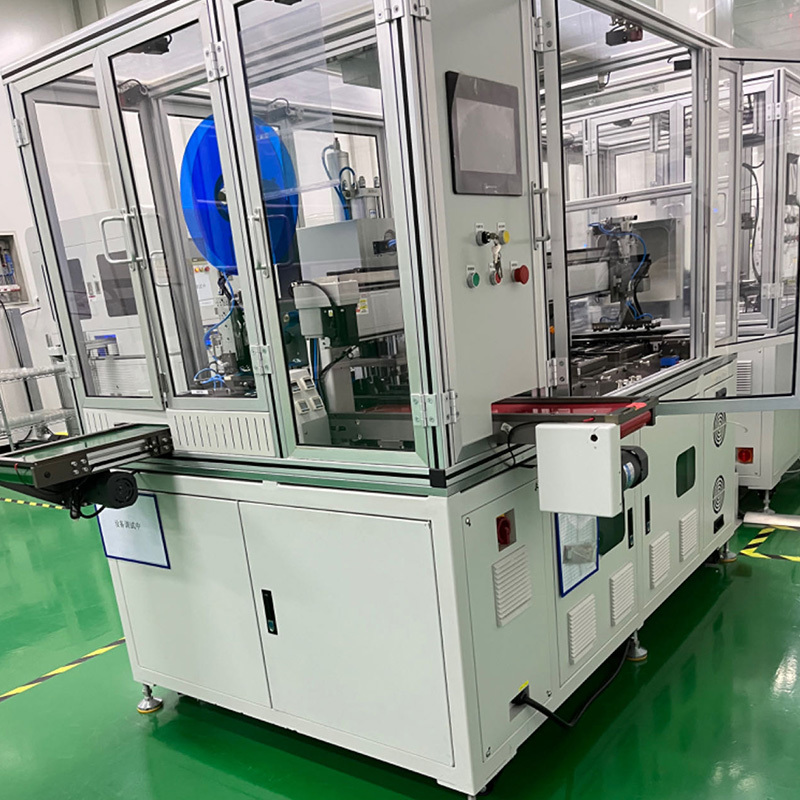Information Details
Essential Insights for Setting Up Industrial Helium Leak Detection Systems
In the realm of packaging testing equipment, particularly in the field of leak detection, establishing an effective industrial helium leak detection setup is crucial for maintaining the integrity of products. Helium leak detection is widely recognized for its sensitivity and reliability, making it a preferred choice across various industries, including pharmaceuticals, electronics, and food packag
Release time:
2025-07-23
In the realm of packaging testing equipment, particularly in the field of leak detection, establishing an effective industrial helium leak detection setup is crucial for maintaining the integrity of products. Helium leak detection is widely recognized for its sensitivity and reliability, making it a preferred choice across various industries, including pharmaceuticals, electronics, and food packaging. This article outlines key considerations and best practices for setting up a helium leak detection system that will ensure optimal performance and accuracy.
**Understanding Helium Leak Detection**
Helium is an ideal tracer gas due to its small atomic size and inert nature, allowing it to seep through even the tiniest of leaks that other gases cannot. In an industrial helium leak detection setup, the process typically involves the injection of helium into the test object, followed by the use of a mass spectrometer to detect any helium that escapes. This method is not only efficient but also non-destructive, making it suitable for various applications.
**Key Components of the Setup**
1. **Helium Source**: Begin with a reliable helium source. The purity of the helium gas is critical for accurate detection. Ensure that the helium is of high purity to minimize contamination and false positives during testing.
2. **Leak Test Chamber**: The design of the leak test chamber is vital. It should be robust enough to contain the pressure needed for testing and should allow for easy access to the products being tested. The chamber must also be equipped with proper sealing to prevent external contamination.
3. **Mass Spectrometer**: This is the heart of your helium leak detection setup. Choose a mass spectrometer based on your sensitivity requirements and the expected leak rates of your products. Ensure that it is properly calibrated to enhance accuracy.
4. **Vacuum System**: A high-quality vacuum system is crucial for creating the necessary environment for leak testing. The system should be capable of reaching the required vacuum levels to efficiently draw in helium gas for detection.
5. **Data Analysis Software**: Integrating sophisticated data analysis software will enable you to interpret test results effectively. Look for software that can provide real-time data analysis and reporting for streamlined operations.
**Best Practices for Effective Setup**
- **Regular Maintenance**: Regularly calibrate your helium leak detection equipment to ensure consistent performance. Scheduled maintenance can prevent unexpected downtimes and ensure reliability.
- **Training Personnel**: Ensure that your team is well-trained in operating the equipment and understanding the principles of leak detection. This will enhance the overall efficiency and accuracy of your testing process.
- **Document Procedures**: Establish and document standard operating procedures (SOPs) for your helium leak detection setup. This will ensure consistency and provide a reference for troubleshooting and training.
In conclusion, an industrial helium leak detection setup is an invaluable asset for ensuring product quality and safety. By focusing on the right components and following best practices, you can create a robust system that meets your packaging testing needs. Investing time in setting up this system will pay off in the long run by safeguarding your products against leaks and enhancing customer satisfaction.
**Understanding Helium Leak Detection**
Helium is an ideal tracer gas due to its small atomic size and inert nature, allowing it to seep through even the tiniest of leaks that other gases cannot. In an industrial helium leak detection setup, the process typically involves the injection of helium into the test object, followed by the use of a mass spectrometer to detect any helium that escapes. This method is not only efficient but also non-destructive, making it suitable for various applications.
**Key Components of the Setup**
1. **Helium Source**: Begin with a reliable helium source. The purity of the helium gas is critical for accurate detection. Ensure that the helium is of high purity to minimize contamination and false positives during testing.
2. **Leak Test Chamber**: The design of the leak test chamber is vital. It should be robust enough to contain the pressure needed for testing and should allow for easy access to the products being tested. The chamber must also be equipped with proper sealing to prevent external contamination.
3. **Mass Spectrometer**: This is the heart of your helium leak detection setup. Choose a mass spectrometer based on your sensitivity requirements and the expected leak rates of your products. Ensure that it is properly calibrated to enhance accuracy.
4. **Vacuum System**: A high-quality vacuum system is crucial for creating the necessary environment for leak testing. The system should be capable of reaching the required vacuum levels to efficiently draw in helium gas for detection.
5. **Data Analysis Software**: Integrating sophisticated data analysis software will enable you to interpret test results effectively. Look for software that can provide real-time data analysis and reporting for streamlined operations.
**Best Practices for Effective Setup**
- **Regular Maintenance**: Regularly calibrate your helium leak detection equipment to ensure consistent performance. Scheduled maintenance can prevent unexpected downtimes and ensure reliability.
- **Training Personnel**: Ensure that your team is well-trained in operating the equipment and understanding the principles of leak detection. This will enhance the overall efficiency and accuracy of your testing process.
- **Document Procedures**: Establish and document standard operating procedures (SOPs) for your helium leak detection setup. This will ensure consistency and provide a reference for troubleshooting and training.
In conclusion, an industrial helium leak detection setup is an invaluable asset for ensuring product quality and safety. By focusing on the right components and following best practices, you can create a robust system that meets your packaging testing needs. Investing time in setting up this system will pay off in the long run by safeguarding your products against leaks and enhancing customer satisfaction.
industrial helium leak detection setup
Previous Page
Previous Page
Latest Blog







